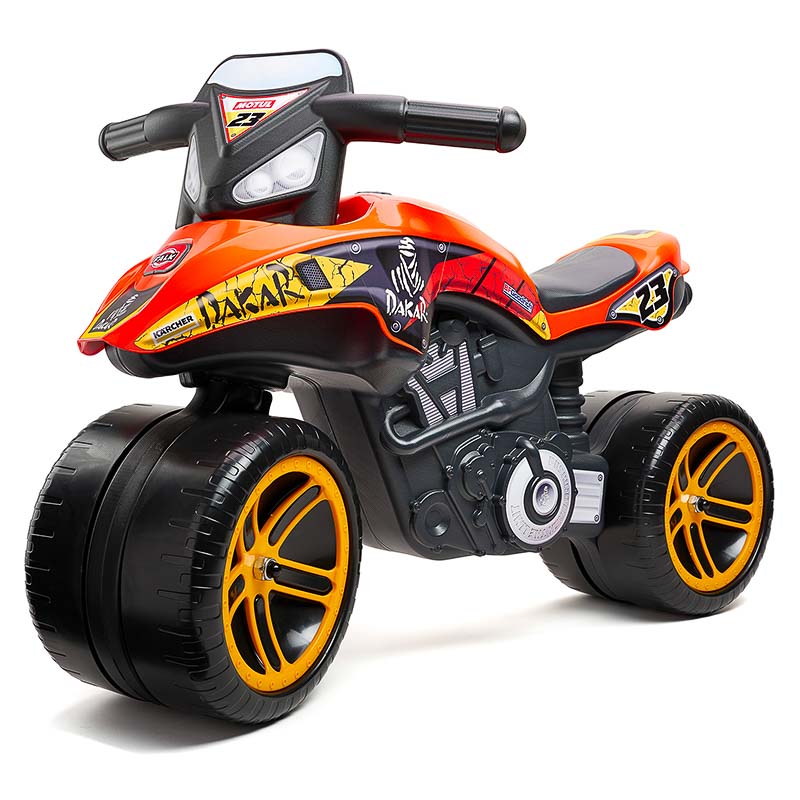Exploring Specialized Flooring Options in Derby
In addition to the standard flooring options available, there are specialized flooring choices that can cater to specific needs, preferences, and design requirements in Derby. These unique materials offer added functionality, aesthetic appeal, and specialized performance that can enhance any space, from homes to commercial environments.
For instance, epoxy flooring is a durable and low-maintenance option that has become increasingly popular in Derby’s commercial and industrial spaces. Often used in garages, warehouses, and factories, epoxy floors are highly resistant to stains, chemicals, and wear and tear. This makes them ideal for high-traffic or heavy-duty areas that need a durable surface. Epoxy flooring is also customizable, available in a range of colors and finishes, making it suitable for both functional and aesthetic purposes.
Rubber flooring, another specialized option, is gaining traction, especially in spaces such as gyms, play areas, or healthcare settings. In Derby, rubber floors offer superior shock absorption, which reduces noise and minimizes impact, making them perfect for environments where sound dampening and safety are essential. Furthermore, rubber floors are slip-resistant, easy to clean, and resilient, making them a great choice for places with high foot traffic and potential spills.
Terrazzo flooring, with its mix of marble, granite, glass, and other materials, provides a unique and luxurious look that’s both durable and elegant. Although traditionally seen in public buildings and commercial spaces, terrazzo is now being incorporated into upscale residential projects in Derby due to its ability to create stunning, one-of-a-kind designs. Its longevity, low maintenance, and striking aesthetic appeal make terrazzo a valuable option for homeowners and businesses looking to make a statement.
The Importance of Subfloor Preparation in Derby
A critical yet often overlooked aspect of flooring installation is subfloor preparation. Regardless of the material being installed, ensuring that the subfloor is in excellent condition is paramount to achieving a smooth, durable finish. In Derby, as with any installation, if the subfloor is uneven, damaged, or not properly prepared, the new flooring can suffer from issues such as warping, creaking, or premature wear.
Before laying down any type of flooring, installers typically inspect and repair the subfloor to ensure it is level, dry, and free of contaminants. In some cases, an underlayment may be required for additional stability, insulation, or moisture protection. For example, in the case of hardwood flooring, subfloor preparation may involve sanding and leveling, while tile installations might require a cement-based backer board to ensure a solid foundation.
For vinyl or laminate flooring, the subfloor may need to be cleaned thoroughly to remove any dust, dirt, or old adhesives that could affect the adhesive properties or the flooring’s ability to stay in place. If moisture is a concern—such as in basements or bathrooms—moisture barriers are often used to protect the new floor from water damage.
Proper subfloor preparation can significantly affect the long-term performance and appearance of the flooring. As such, whether you’re installing traditional wood, modern vinyl, or luxurious stone, taking the time to properly prepare the subfloor is a step that should never be overlooked.
Flooring Trends and Influences in Derby’s Design Scene
The flooring trends in Derby are heavily influenced by both local design preferences and global trends. As interior design continues to evolve, there’s a noticeable shift towards creating more open, multifunctional spaces that blend the indoors and outdoors. This has led to an increasing popularity of hardwood and stone look-alike flooring, especially in open-plan living areas and kitchens. Many Derby homeowners are opting for wide-plank wood floors or large-format tiles to create a sense of continuity and spaciousness in their homes.
Another trend that has emerged is the use of bold patterns. Homeowners in Derby are increasingly turning to patterned floors, whether in the form of geometric tile designs, bold vinyl patterns, or intricate parquet wood designs. These floors can serve as a statement piece, drawing the eye and adding an element of surprise to an otherwise neutral or understated room. In some cases, herringbone or chevron patterns in wood and tile are particularly popular, adding texture and visual interest to spaces.
Moreover, neutral tones are making their way into Derby homes, with soft grays, beiges, and taupes taking center stage in flooring designs. These shades are not only easy to pair with various interior styles but also bring a sense of calm and serenity to the home. Additionally, eco-friendly and sustainable flooring options such as bamboo, cork, and recycled materials are on the rise, reflecting the increasing emphasis on sustainability in Derby’s design scene.
DIY Flooring Installation: Risks and Rewards
For those considering DIY flooring installation in Derby, there are both rewards and risks to be mindful of. Many homeowners are drawn to DIY because it offers the potential for cost savings and a sense of accomplishment. Simple flooring options, such as laminate, vinyl, and carpet tiles, can often be installed by beginners with the right tools and instructions. These materials tend to be more forgiving and require fewer technical skills compared to hardwood or tile.
However, even with straightforward installations, DIY flooring can lead to complications if the process isn’t approached correctly. One of flooring installation Derby the biggest challenges is ensuring the subfloor is properly prepared. As mentioned earlier, an uneven or unclean subfloor can lead to major issues down the line. Additionally, precision is key when cutting and fitting materials—especially for intricate designs like herringbone or tile patterns. Mistakes can be costly, both in terms of time and materials, and may result in needing professional assistance to fix errors.
Another consideration is the warranty. Many manufacturers will void the warranty if the flooring is not installed by a professional, which could leave homeowners in Derby with additional costs if the floor develops issues. To mitigate this risk, it’s important to carefully review the manufacturer’s guidelines and ensure you have the necessary skills and tools for the job.
For those who enjoy DIY projects but want to ensure a perfect finish, some homeowners in Derby opt for a hybrid approach—installing simpler aspects of the floor themselves, such as underlayment or trim, while leaving the more complicated work, such as cutting tiles or laying hardwood, to professionals.
The Future of Flooring in Derby: Innovations and Possibilities
As flooring technology continues to advance, new innovations are constantly being introduced that promise to make the flooring experience even more seamless, sustainable, and stylish in Derby. For example, smart flooring systems are beginning to emerge, allowing homeowners to control their floors’ temperature, lighting, and even sound. These high-tech flooring options offer ultimate comfort and convenience, especially in homes with radiant floor heating or underfloor cooling systems.
In terms of materials, biodegradable flooring is gaining attention. This type of flooring, made from natural and renewable materials like hemp or coconut husk, offers an eco-friendly alternative to traditional flooring options. As the demand for sustainable products increases, it’s likely that more eco-conscious materials will continue to shape Derby’s flooring landscape.
Furthermore, the trend of flooring that combines form and function is set to grow. Think flooring that not only looks great but also offers additional benefits, such as improved acoustics, air purification, or even energy efficiency. Acoustic flooring materials, for example, help reduce sound transmission between floors, making them ideal for apartment buildings or multi-level homes in Derby. Similarly, flooring with air-purifying properties can help improve indoor air quality by reducing allergens and harmful chemicals in the environment.
Conclusion: Flooring That Fits Your Derby Lifestyle
When it comes to flooring installation in Derby, homeowners and businesses have a wide array of choices to suit any aesthetic, function, or budget. Whether opting for modern and sleek vinyl, timeless hardwood, eco-friendly options, or specialty floors like epoxy or terrazzo, the possibilities are virtually endless. From traditional to cutting-edge, each flooring type offers its own benefits and charm, and with professional installation, these materials can transform any space.
No matter the project, whether it’s a home renovation or a commercial flooring upgrade, getting the right flooring installed is an investment in comfort, value, and style. By considering factors such as durability, maintenance, and aesthetic appeal, Derby residents can make flooring decisions that enhance their lives for years to come, ensuring their space remains both functional and beautiful.…












